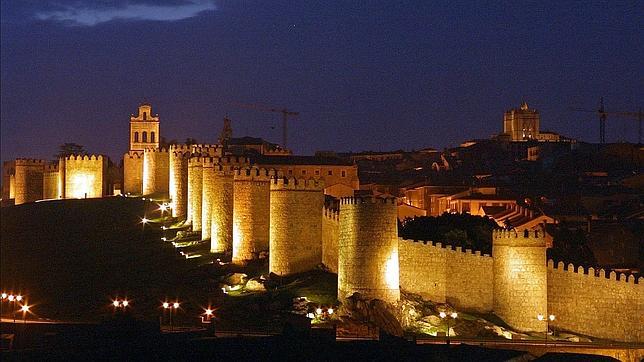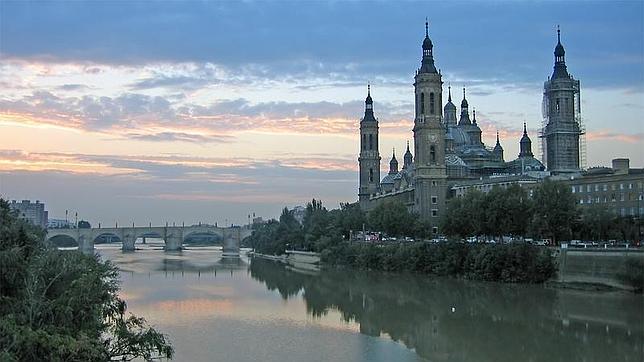The Wall of Avila
The city of Ávila strips its charms before the eyes of the curious on May 10 and 11. Two days a year, the wall hosts open days, a unique opportunity to enjoy the most emblematic monuments of the city. The wall of Ávila is the only one that he knows convincingly since his perpetual embrace shelters the capital of Avila. The beginning and end of its construction continues to create controversy among historians. The date popularly accepted specifically points to May 3, 1090 as the beginning of the works of the emblem of the capital of Avila and marks its end nine years later, in 1099.
The city is a National Historic-Artistic Complex since 1884 and is included in the list of World Heritage Sites of UNESCO since 1985. City of height, Ávila rises to 1,182 meters, on a rocky promontory, a privileged observer of the riverside. River Adaja, tributary of the Duero. It is the highest provincial capital of Spain, and the fourth largest city in Europe in this sense.


